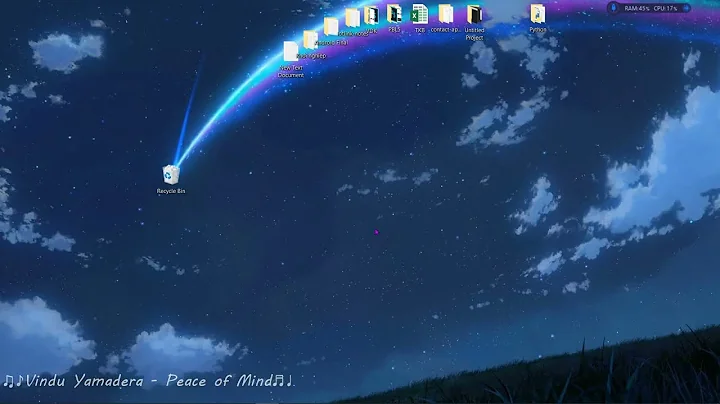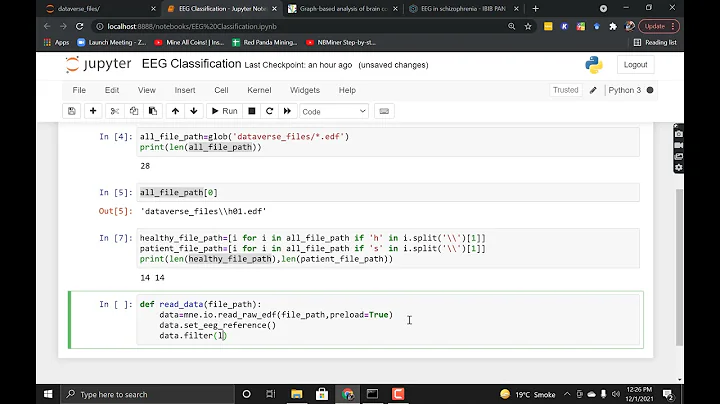Reading *.mhd/*.raw format in python
Solution 1
The easiest way is to use SimpleITK (MedPy uses ITK for .mhd/.raw files too). Command
pip install SimpleITK
works for many python versions. For reading .mhd/.raw you can use this code from kaggle
import SimpleITK as sitk
import numpy as np
'''
This funciton reads a '.mhd' file using SimpleITK and return the image array, origin and spacing of the image.
'''
def load_itk(filename):
# Reads the image using SimpleITK
itkimage = sitk.ReadImage(filename)
# Convert the image to a numpy array first and then shuffle the dimensions to get axis in the order z,y,x
ct_scan = sitk.GetArrayFromImage(itkimage)
# Read the origin of the ct_scan, will be used to convert the coordinates from world to voxel and vice versa.
origin = np.array(list(reversed(itkimage.GetOrigin())))
# Read the spacing along each dimension
spacing = np.array(list(reversed(itkimage.GetSpacing())))
return ct_scan, origin, spacing
Solution 2
Using skimage may be even easier after you installed SimpleITK
import skimage.io as io
img = io.imread('file.mhd', plugin='simpleitk')
This will give you a numpy array with z,y,x sorting.
Solution 3
Adding on the above posts, you can start with a CT-Scan .mhd file downloaded from the here and display / save 29 images with the following code (assuming that you have both the header and the raw files downloaded in the current directory):
import SimpleITK as sitk
import matplotlib.pylab as plt
ct_scans = sitk.GetArrayFromImage(sitk.ReadImage("training_001_ct.mhd", sitk.sitkFloat32))
plt.figure(figsize=(20,16))
plt.gray()
plt.subplots_adjust(0,0,1,1,0.01,0.01)
for i in range(ct_scans.shape[0]):
plt.subplot(5,6,i+1), plt.imshow(ct_scans[i]), plt.axis('off')
# use plt.savefig(...) here if you want to save the images as .jpg, e.g.,
plt.show()
Here is the same CT-scan .mhd file that is read with SimpleITK and animated:

Solution 4
You can try to use MedPy or this mhd_utils script
Related videos on Youtube
Avijit Dasgupta
Google India PhD Fellow, 2017. Works on Deep Learning and Computer Vision.
Updated on August 23, 2020Comments
-
Avijit Dasgupta over 3 years
Can anyone please tell me the way I can read a dataset containing .mhd/.raw files in python?
-
savfod about 7 yearsBTW, this question is same. Can someone merge them?
-
Monica Heddneck over 5 yearsno but you can mark as duplicate if you think they are duplicates

![[5 Minute Tutorial] Regular Expressions (Regex) in Python](https://i.ytimg.com/vi/UQQsYXa1EHs/hq720.jpg?sqp=-oaymwEcCNAFEJQDSFXyq4qpAw4IARUAAIhCGAFwAcABBg==&rs=AOn4CLCrqTtVePMHIes4pzJB45i4VXdFmg)










